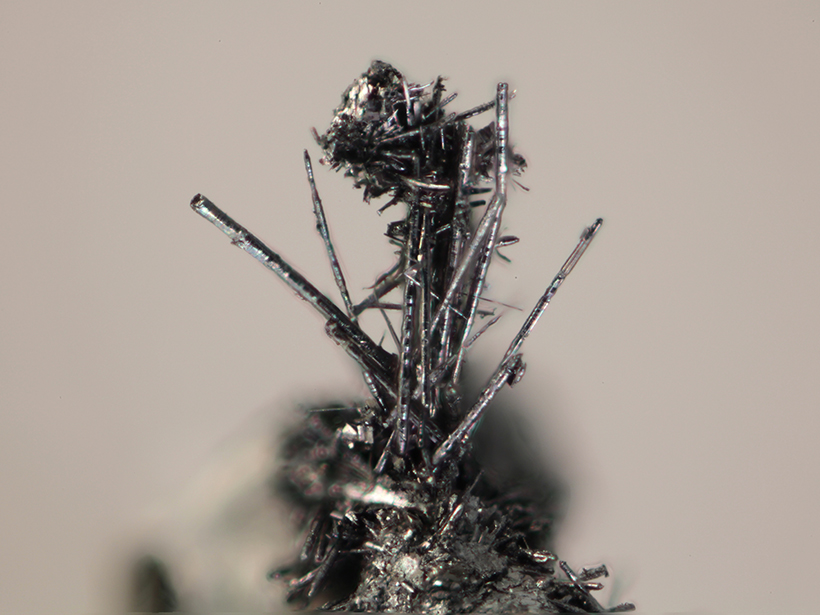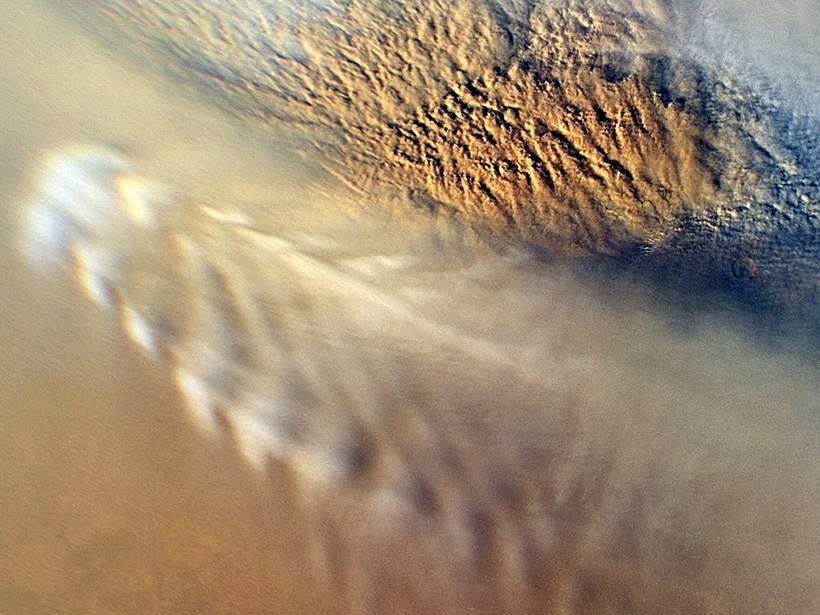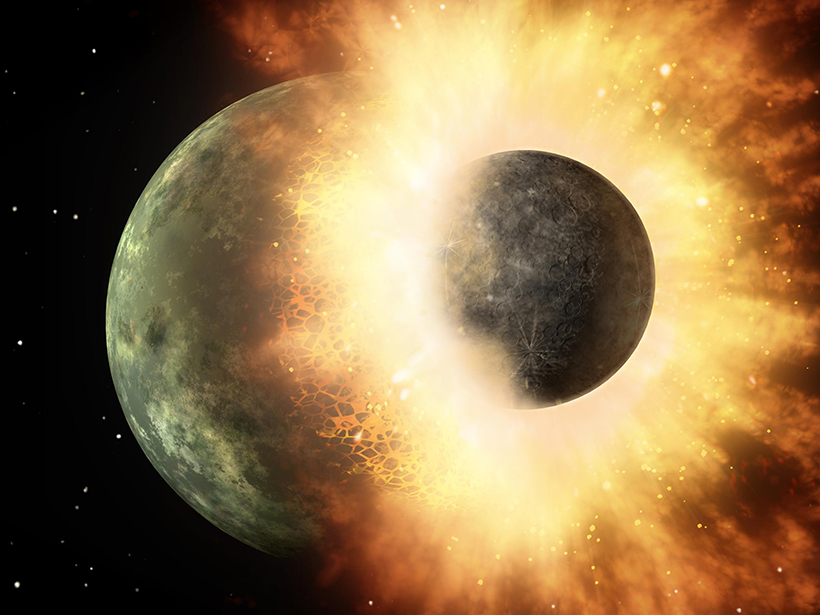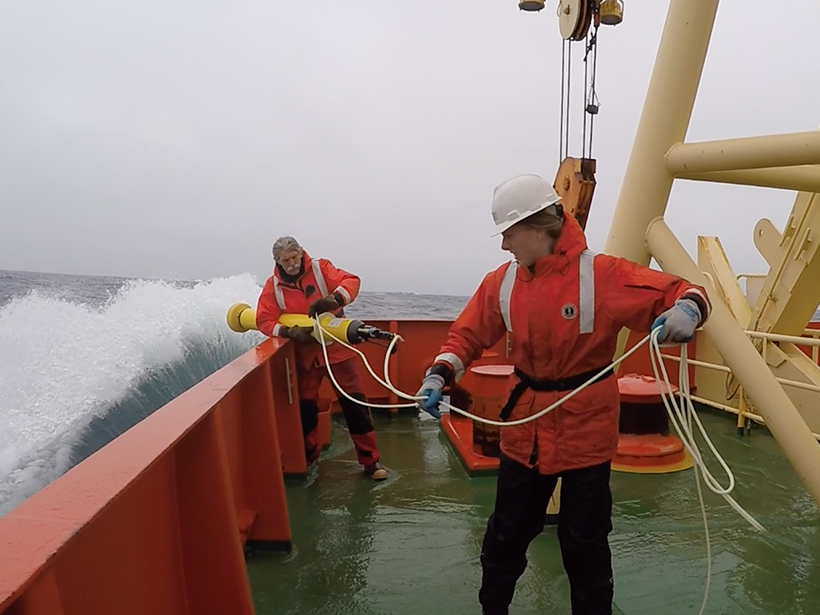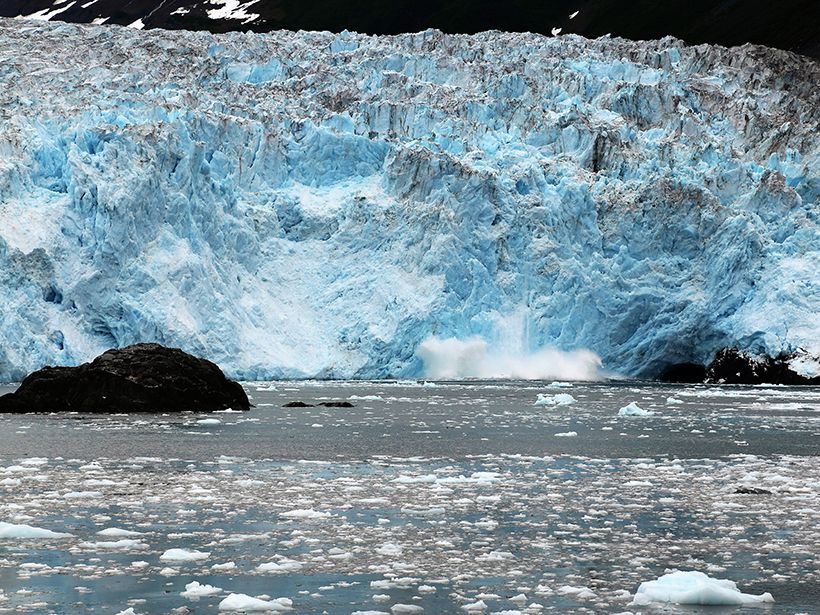A 14-year-old girl's chance encounter with a random sample of tanzanite led scientists to find an entirely new mineral.
CC BY-NC-ND 2016
Isotopes Track Carbon Cycle in Northern Wisconsin Wilderness
Researchers collected carbon from 3 years' worth of air samples and traced it back to its source.
Mars's Atmosphere Matches Earth's Turbulent Nature
Mars is even more like Earth than we thought, according to a statistical analysis of the planet's swirling atmosphere.
New Insight into Silica Explains Planetary Smashup
A better equation of state for silica will help planetary scientists accurately constrain the giant impacts that have shaped our solar system.
Gulf Stream Destabilization Point Is on the Move
Westward migration of the wavelike Gulf Stream pattern could have big effects on ocean mixing and heat transport off the U.S. East Coast.
Bringing Biogeochemistry into the Argo Age
Plans are underway to integrate and augment a collection of regional programs to form a global biogeochemical monitoring network.
Former U.S. Science Academy President Ralph Cicerone Dies at 73
Cicerone was a leading authority on atmospheric chemistry and climate change and an outspoken advocate for science during a tumultuous political period.
Challenges of Climate Change Adaptation
Practical and Methodological Challenges of Climate Change Adaptation; Oslo, Norway, 25–26 April 2016
A New Model to Improve Gravity Models
Data from the Gravity Recovery and Climate Experiment (GRACE) mission gets a new and improved look.
Landmark Paris Climate Accord Comes into Force
Still, much work remains to limit emissions and damage from climate change, said top United Nations and World Bank officials, scientists, and leaders of organizations combating the climate threat.

